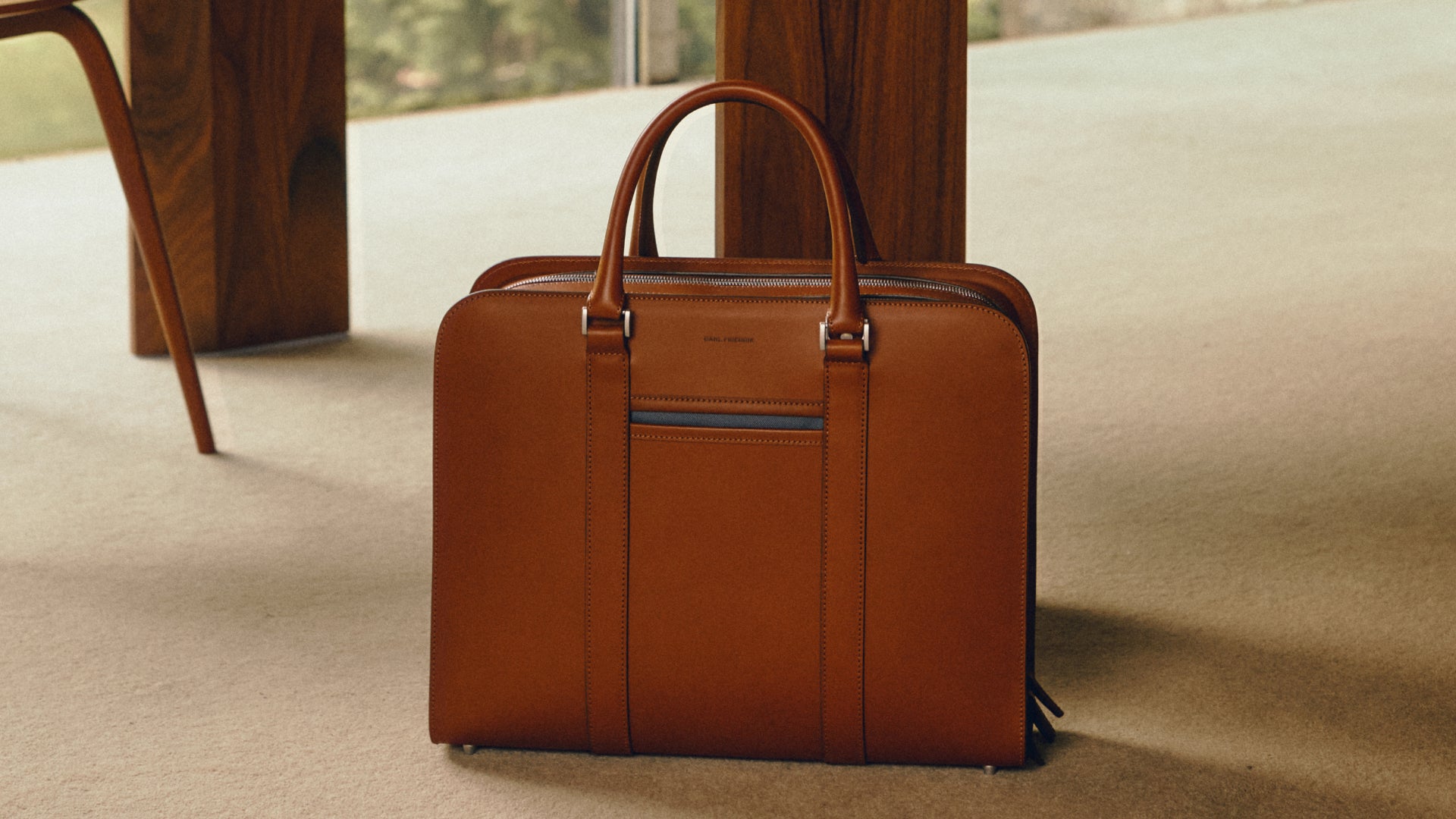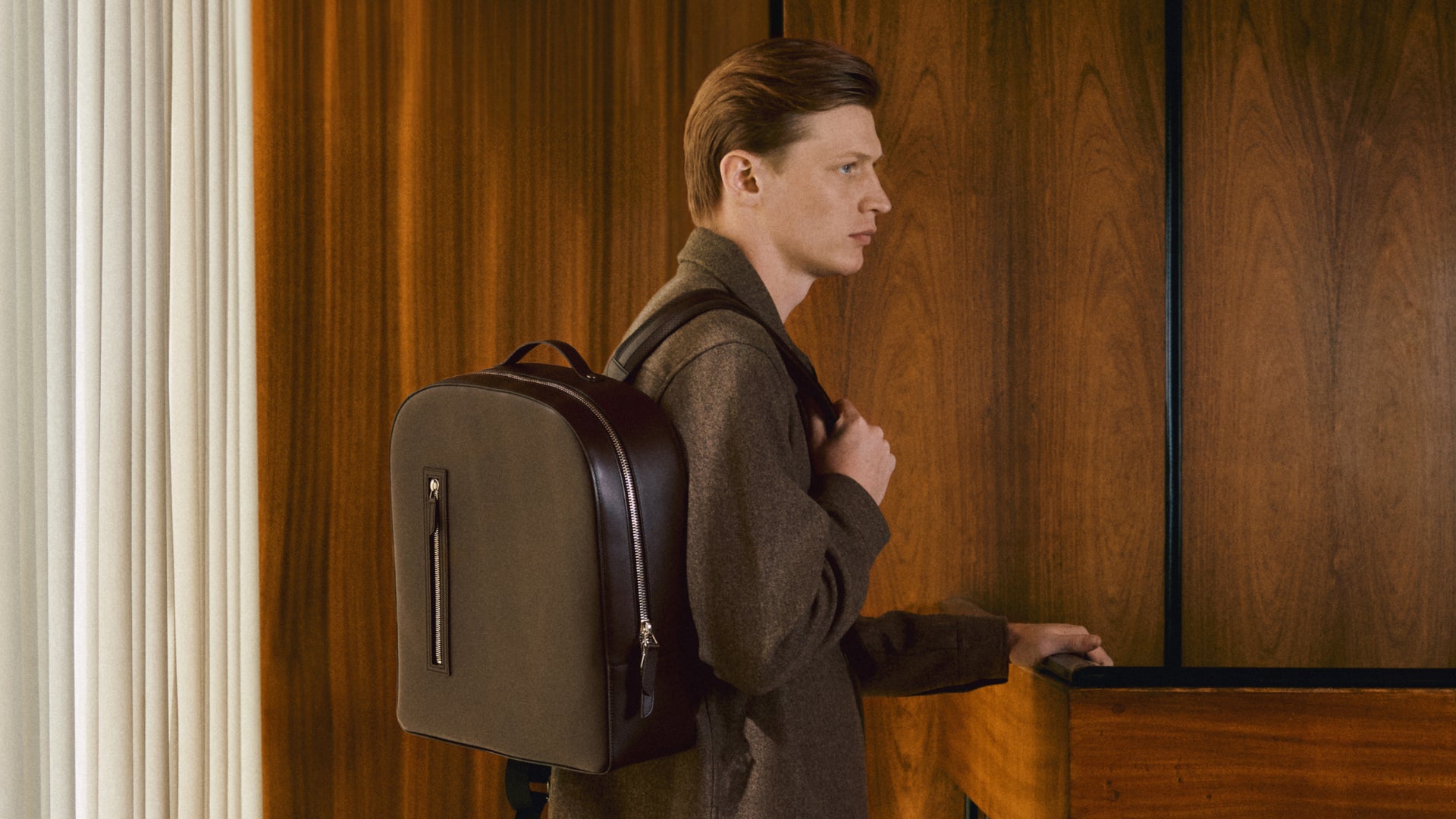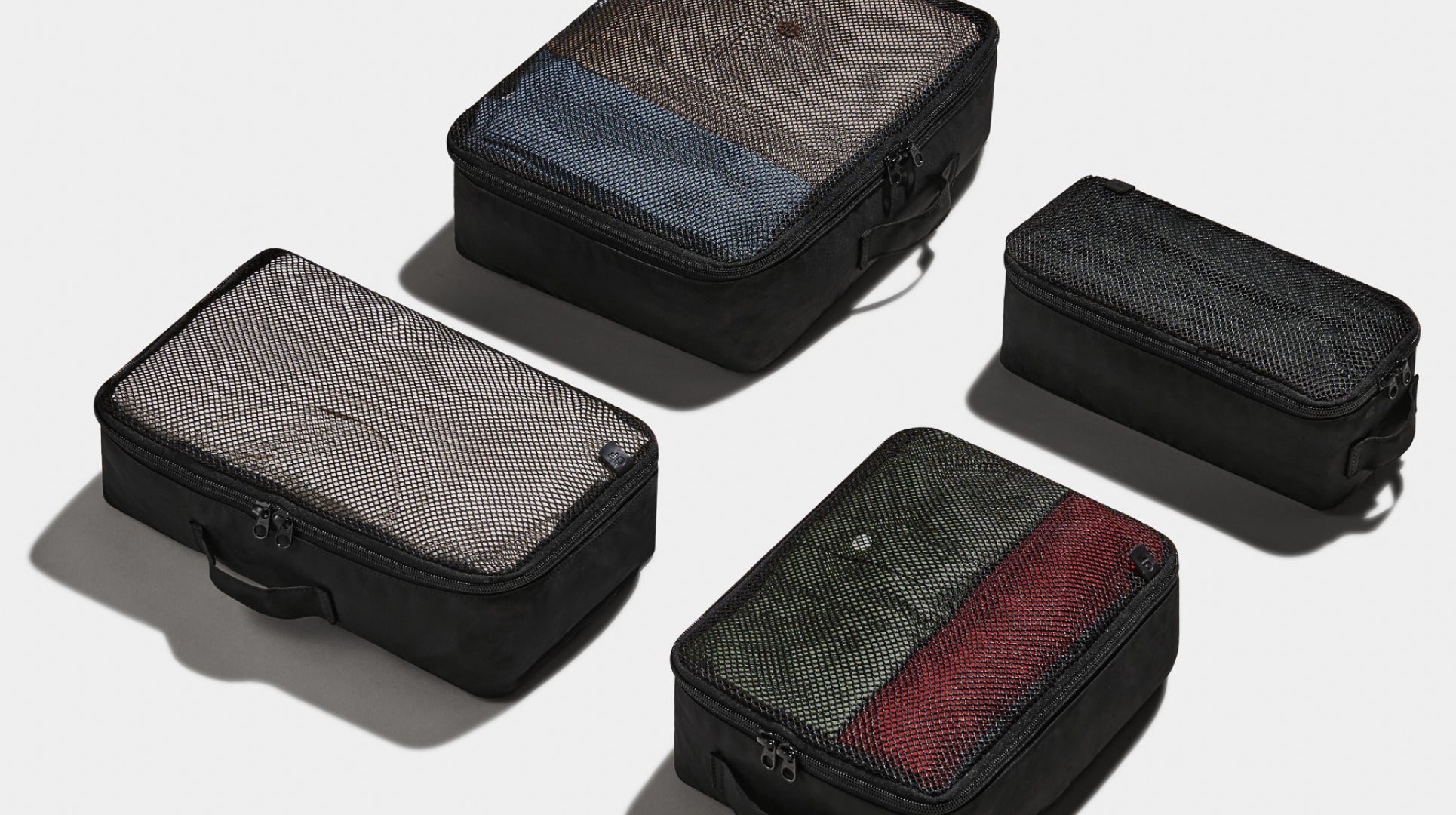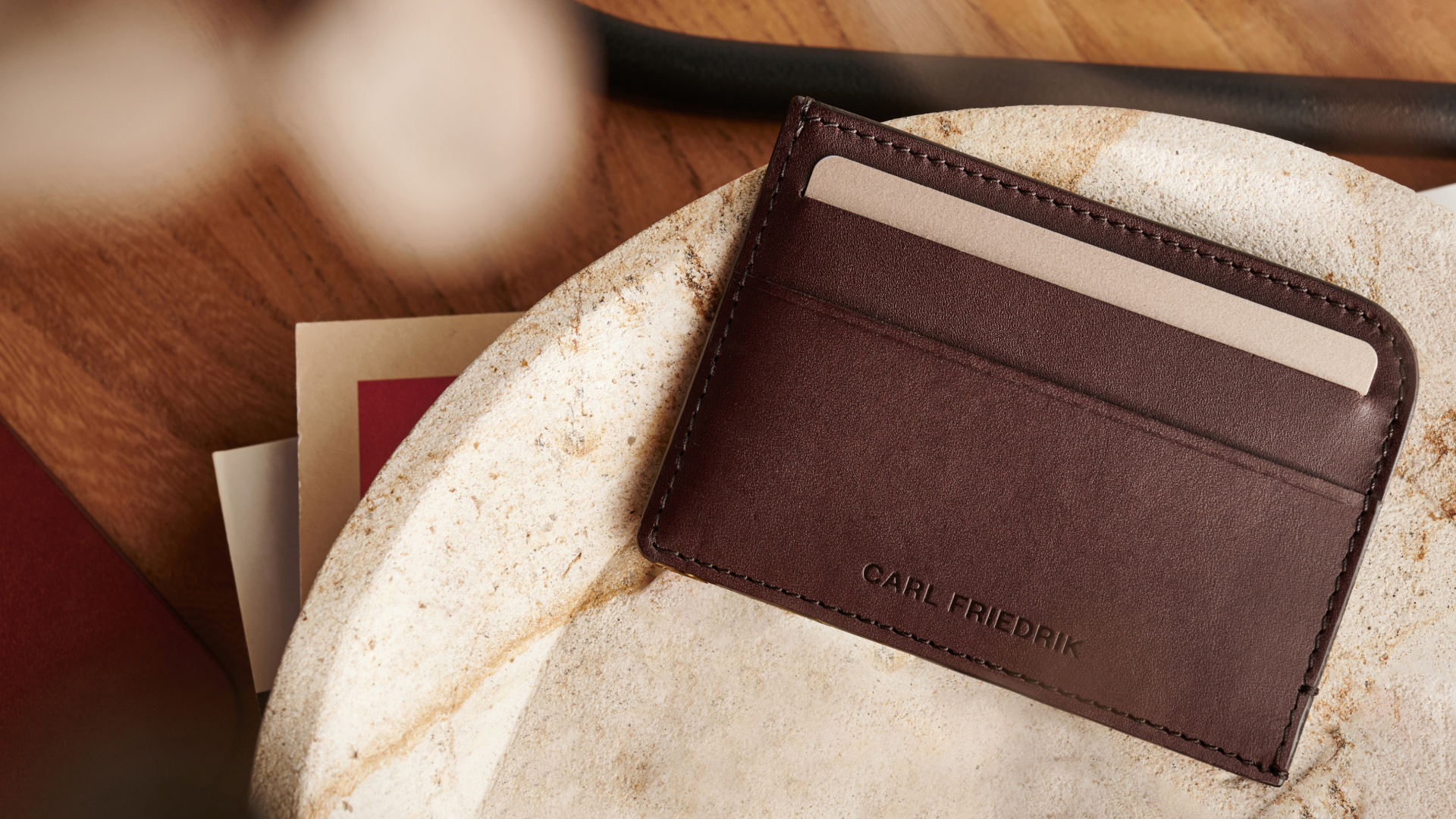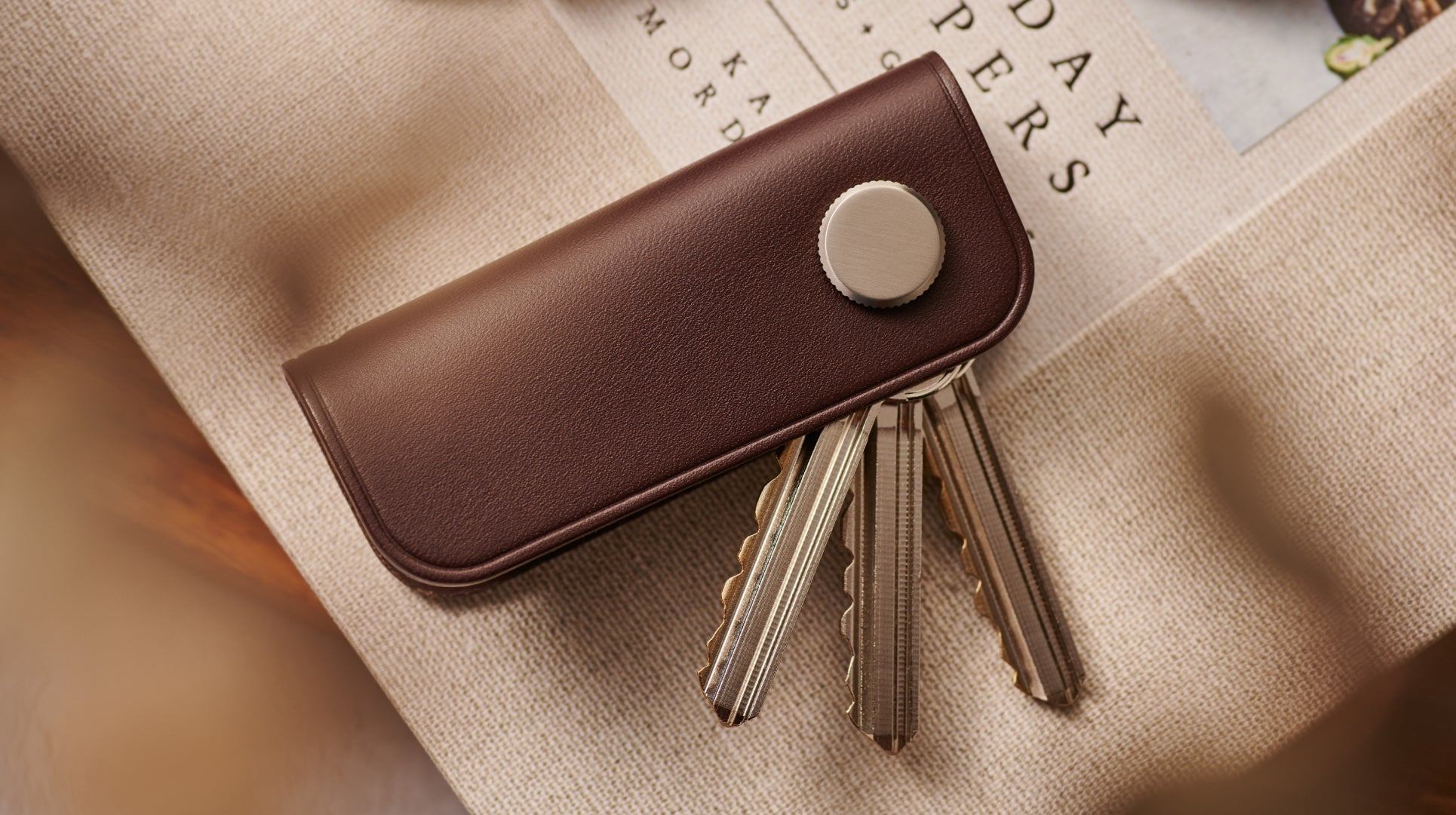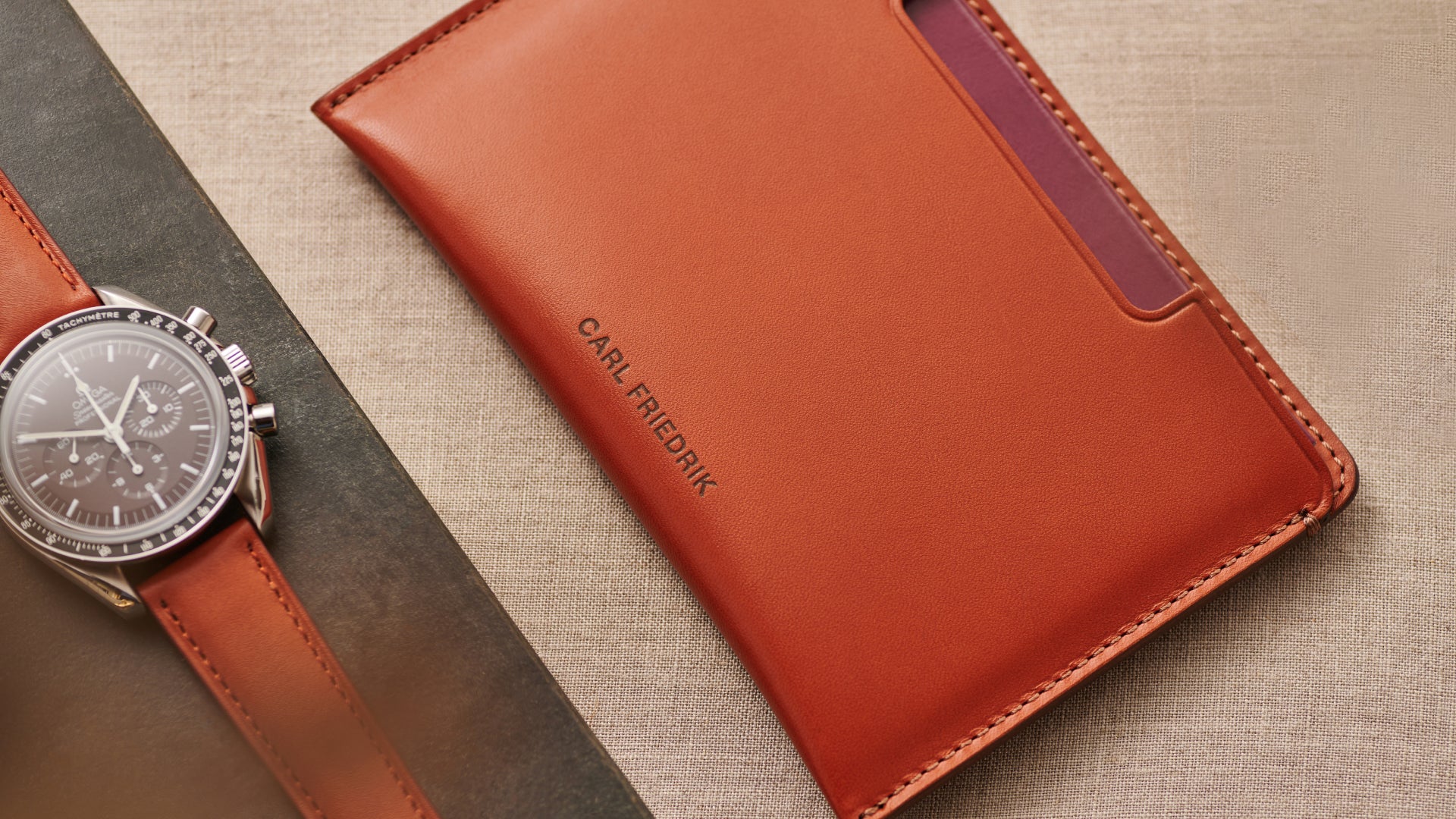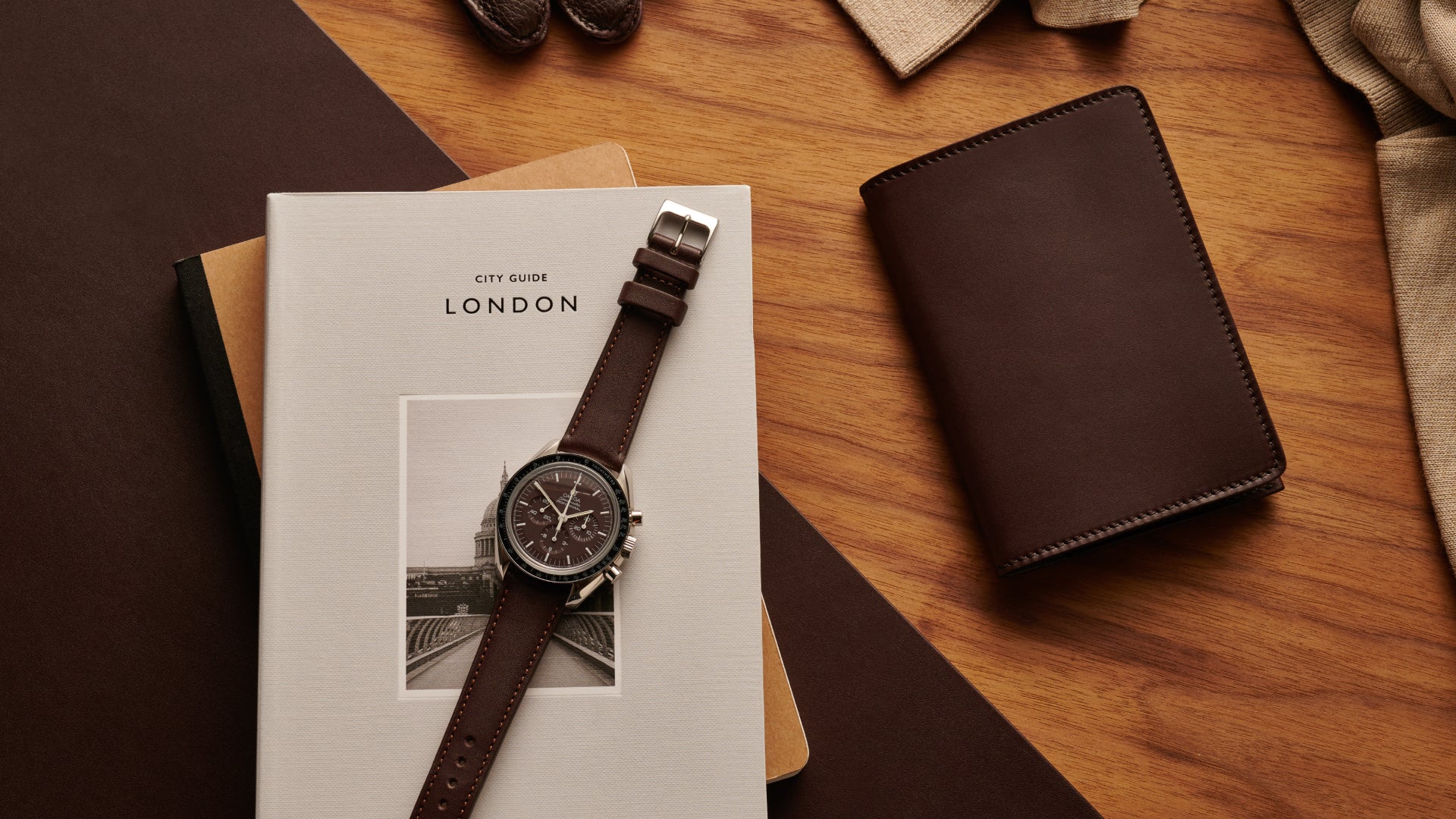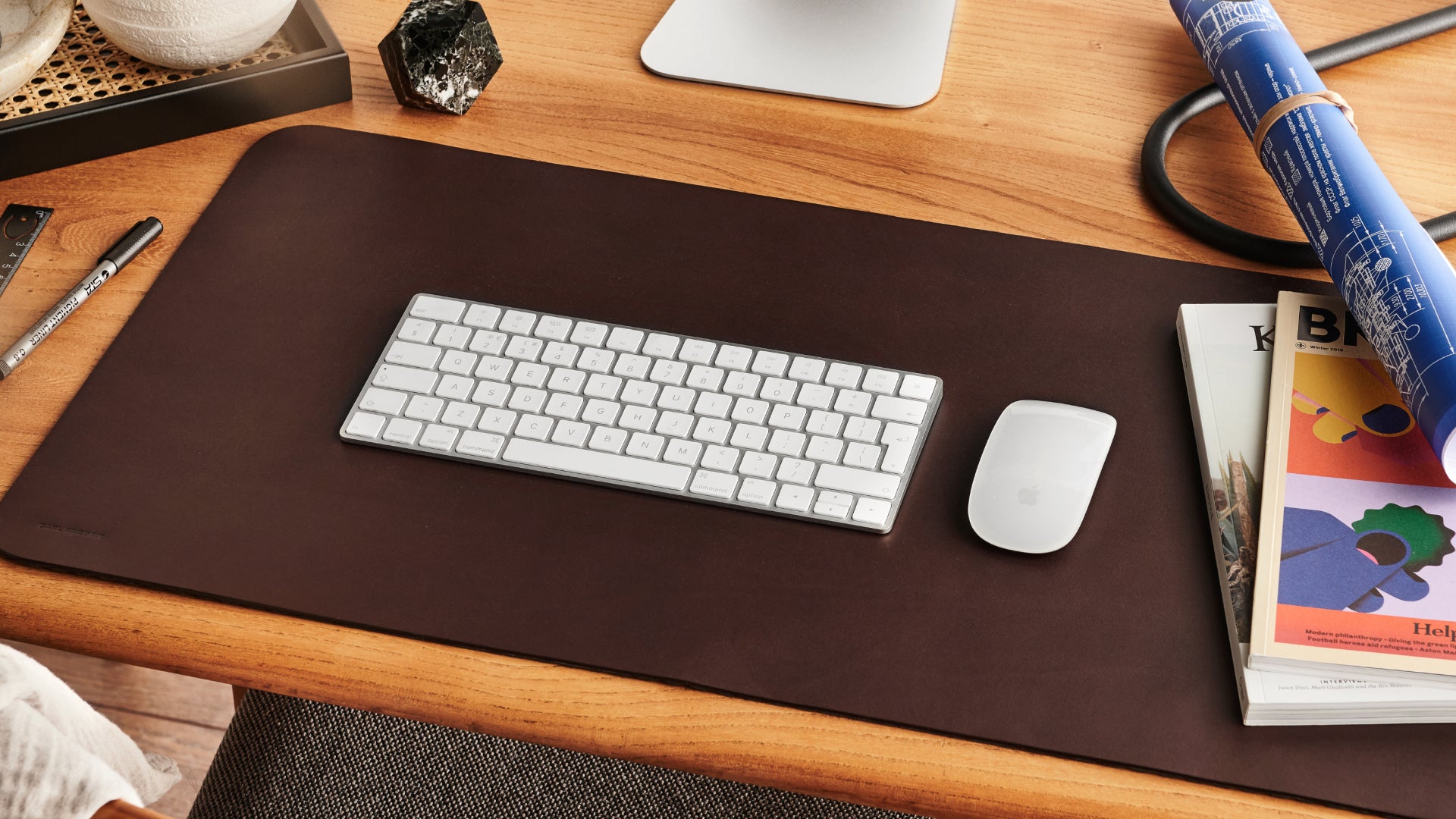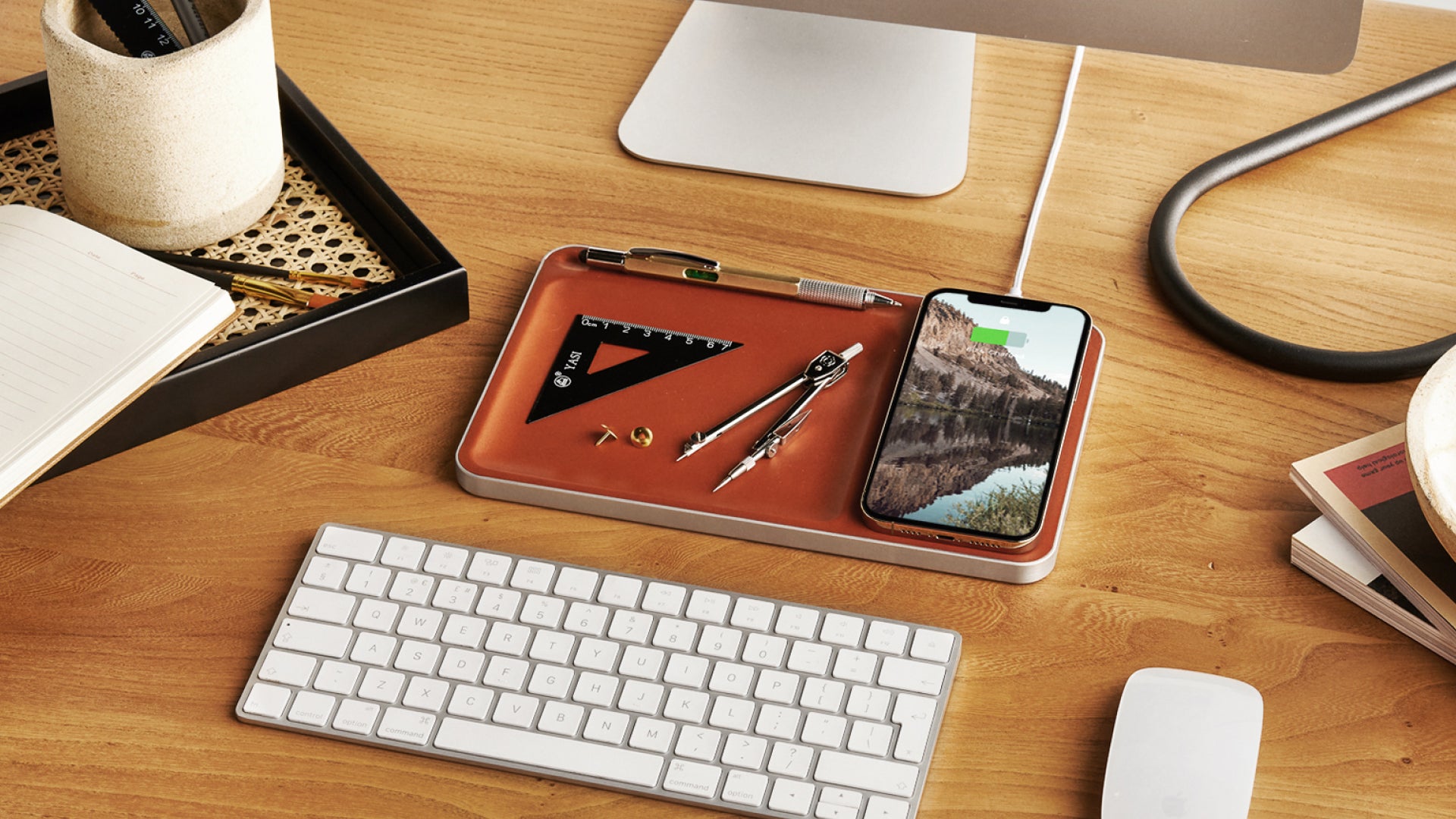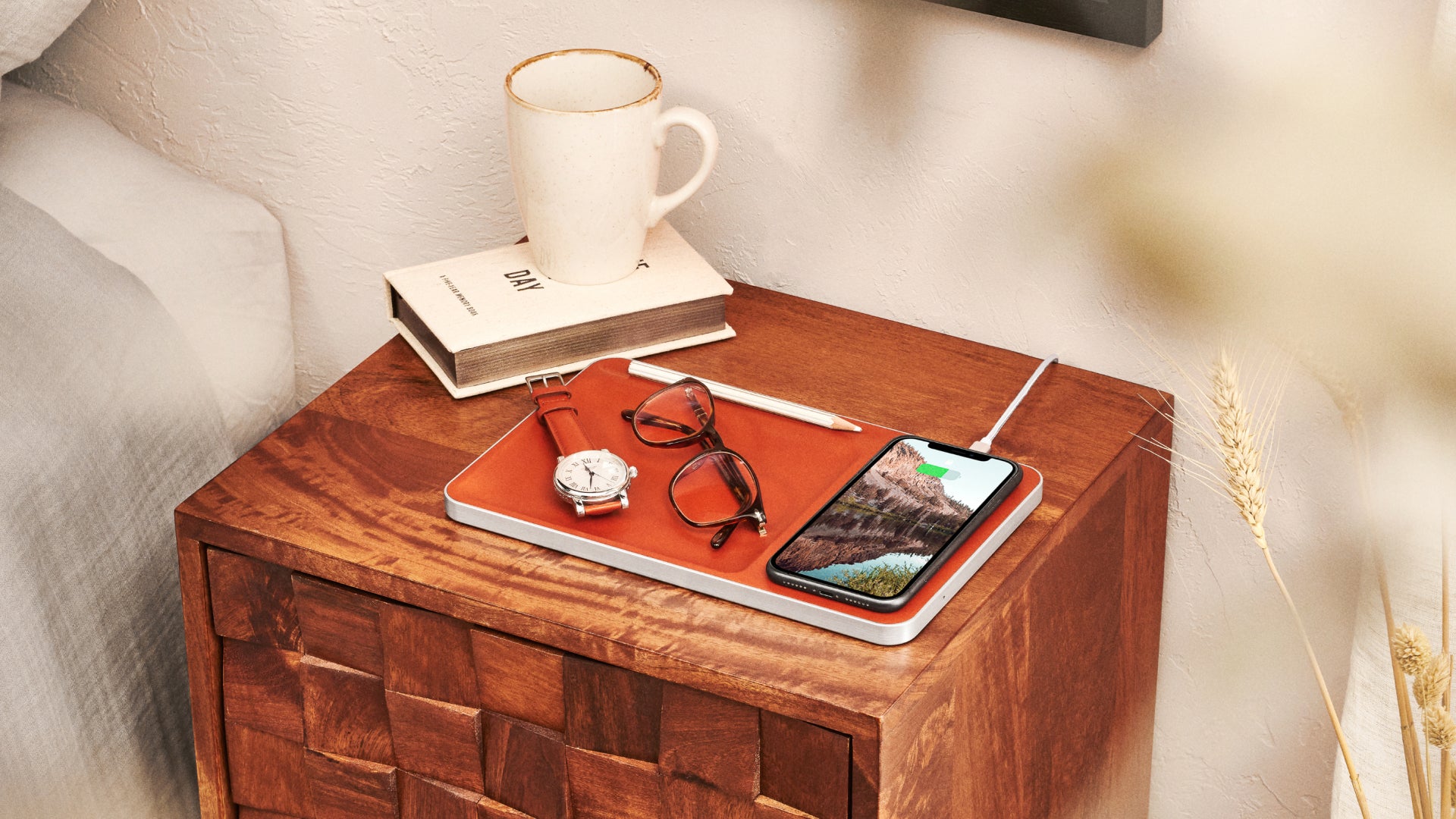The age-old baggage conundrum rages on. Hard vs soft luggage: which is the best option?
While the tried-and-tested soft-shell style remains the most popular choice among consumers, its hard-shell adversary has been making inroads in recent years.
In this post, we're cracking the case of the soft or hard luggage debate. Read on to learn about the core characteristics of each luggage type and their key pros and cons.

What is soft-sided luggage?
Also known as soft luggage or soft-shell luggage, this popular baggage type is exactly as it sounds: soft.
Now, that’s not to say it’s made out of fluffy cotton. Rather, softside luggage features a malleable fabric on the outer shell. That way, the bag can be contorted to fit inside irregular-sized spaces, like an overhead compartment or a narrow luggage locker. And as a bonus, it’s a cinch to store while it’s not in use.
Manufacturers construct soft-sided luggage using a tough, high-yield material such as woven nylon. There are three main types of nylon to consider:
- Cordura nylon has a sleek woven texture and is relatively soft and abrasion-resistant.
- Ballistic nylon is a bit glossier but tends to abrade.
- Ripstop nylon is tough and super weather-resistant but doesn’t look as stylish (it’s more commonly used to produce outdoor accessories than luggage).
Soft-sided luggage typically features exterior pockets so you can quickly stash your essentials. On the downside, it usually only has two wheels, making rolling navigation cumbersome. What’s more, you usually won’t find integrated locks on soft-sided luggage.

What is hard-sided luggage?
Commonly referred to as hard luggage or hard-shell luggage, this heavy-duty baggage type is defined by its sturdy exterior.
Hard-sided luggage features a rigid, virtually-impenetrable outer shell designed to provide optimal protection for the contents within. While a hard-shell suitcase will keep your valuables safe from rain, hail, or shine (or an overzealous baggage handler), it won’t easily squeeze into confined spaces—flexibility is not the hard-shell’s forte.
Manufacturers make modern hard-sided luggage from lightweight, durable materials, either high-tech plastics or aluminium.
- ABS is a cheap, lightweight plastic ubiquitous in low-cost hard-shell luggage. While it’s nowhere near as strong or durable as other options, the modest price tag makes it attractive to budget-conscious consumers.
- Polycarbonate luggage costs more but offers better protection and longevity than ABS. Polycarbonate is a perfect choice if you want a lightweight suitcase that’s sturdy enough to safeguard your gear.
- Aluminium offers optimal durability and protection at the cost of considerable extra weight. If you’re frequently carrying fragile, high-value contents that must be protected at all costs, go with aluminium.
The top-of-the-line hardside suitcases have a polycarbonate shell with a reinforced aluminium frame. Therefore, you get the best of both worlds: lightweight and durable.
Most hard-shell luggage comes in the classic clamshell design, where a zipper down the middle opens the case in an even, 50/50 split. That way, you can pack both sides evenly to create an equal weight distribution. Note that you’ll need twice the bag’s surface area to open it up, which can be a tad tricky in confined spaces.
Some hardside luggage opens via a zipper on the lid. This design lets you quickly access your bag in a small space, but you’ll need to rummage around a bit to find what you need.
Due to a rigid outer shell, hard luggage does not usually feature exterior pockets. That said, almost all come with interior pockets and sleeves for storing accessories.

Benefits of softside luggage
Soft-shell luggage reigns supreme in the baggage sales game due to a range of benefits. We examine the primary pros below.
Flexibility
The main selling point for the soft option is its superior flexibility. Built from a malleable material, this pliable fabric-encased bag can be contorted to squeeze into small spaces, be it an overhead compartment or the gap underneath your bed.
Extra room
As a soft-shell suitcase is stretchable (to a degree), you can squeeze more inside. Just be careful not to overpack, or you’ll risk breaking the zipper.
Accessibility
Softside luggage typically includes an exterior pocket or two, perfect for stowing travel essentials like your passport. This perk is even more beneficial when you only travel with one bag.
Durability
If you opt for a quality model made from high-grade materials, your soft-shell bag should stand the test of time. It won’t crack or scratch when tossed around by a time-poor baggage handler.
Weight
Soft-shell luggage tends to be a tad lighter than hard-sided, which lets you carry more contents without exceeding the airline weight limit.

Drawbacks of softside luggage
The soft-side design isn’t without its drawbacks, which we examine in detail below.
Less protection
The soft, malleable outer shell means your contents will feel the full force of the impact every time your bag bumps around. The absence of a shock-absorbing shell puts fragile items — glassware, electronics, instruments — at immense risk. While you may treat your luggage with great care, not everybody else will.
Not water-resistant
Soft-sided suitcases don’t provide adequate water protection. Leave your suitcase out in the rain for more than a few minutes and the contents will suffer as a result. Dampness can also lead to odours developing.
Hard to clean
While soft luggage won’t scratch or crack, it certainly will stain. Spill some red wine on the surface and your suitcase will instantly lose some of its aesthetic appeal. What’s more, mud, dust and food stains are a huge pain to clean from fabric.
Security
Soft-sided luggage is less secure. Would-be thieves can easily slice through the thin fabric and start rummaging through. Also, most don’t come with an integrated lock, so you’ll have to purchase one separately.
Poor manoeuvrability
Soft-sided luggage typically doesn’t come with four wheels (most models feature two or none), making it harder to manoeuvre the suitcase around the airport terminal or hotel lobby. However, backpack-style soft-shell bags can be picked up and carried over rugged terrain.

Benefits of hardside luggage
Let’s take a look at the pros and cons of hardside luggage, starting with the benefits.
Optimal protection
Encased by a durable, high-tech plastic shell, hard-sided luggage will keep your contents safe from harm. If you’ve invested in a tough polycarbonate or aluminium model, you can rest assured your laptop will survive the trip.
Easy to clean
Spilt a drink onto your hard-shell suitcase? No matter. Just wipe it off with a sponge. Hard-shell luggage is extremely easy to clean. Just don’t use harsh chemicals or an abrasive scourer, as you might scratch or discolour the surface.
Manoeuvrable
With many featuring a multi-directional wheel on every corner, the hard-shell suitcase is certainly the more agile (at least on a flat, smooth surface).
Aesthetic
Although beauty is in the eye of the beholder, most feel hard-shell suitcases look that bit sleeker than their soft-sided counterparts. If you’re going for a sophisticated professional look, hard-shell always delivers.
Stackable
Hard-shell luggage can be stacked up in a neat little pile without the risk of breaking the contents inside. This characteristic is uber-convenient on cruise ships where staff stack luggage vertically in the hull.

Drawbacks of hardside luggage
Keep the following hardside downsides in mind.
Rigidity
The main drawback is that hard-shell luggage can’t be twisted to fit into a small space. Hard-shell suitcases also require a lot of room to store at home, making them less convenient in this sense.
No exterior pockets
Because hard-shell suitcases use rigid, high-tech plastics or aluminium, the manufacturer usually won’t sew on any outside pockets.
Limited space
Once a hard-shell suitcase is full, you’ve got zero chance of stuffing anything else in — it won’t flex at all. Nonetheless, that can be a boon for habitual over-packers as it forces you to re-think what you need.
Can scratch or crack
The outer shell can scratch or scuff with time, especially if handled without due care. But do hard case suitcases break easily? Not really, but it can happen with excessive force.

Carl Friedrik luggage
While we’re on the topic of baggage, we thought we’d mention a few favourites from our Luggage collection.
The Carry-on X
If you like to travel light, then check out The Carry-on X. Custom-designed to comply with European, US and RoW carry-on size restrictions, this compact 42L polycarbonate suitcase lets you skip the baggage carousel and circumvent costly check-in luggage fees.
Unlike other hard-shell suitcases, it’s got an in-built exterior pocket to stow your essentials. Other perks include an optional USB charger, a space-saving compression pad, 360-degree manoeuvrability and a durable aluminium frame with a secure combination lock.

The Check-in
Whether you prefer longer excursions away or simply want to travel with a decent wardrobe in tow (we won’t judge), you’ll need that bit more packing space.
Our 62L polycarbonate check-in suitcase features the exact same elegant-yet-functional design as The Carry-on but with plenty of spare space to stow your clothes.
Still haven’t chosen a side on the great Carry-on vs Checked Bag debate? Or perhaps you just like the look of both these suitcases? Grab the two together at a discounted rate with The Luggage Set.
Table comparing hard vs soft luggage
| Soft-shell luggage | Hard-shell luggage | |
|
Flexibility |
Malleable enough to contort into a tight space | Rigid frame can’t be compressed to fit in small spaces |
| Protection | Soft exterior less likely to protect fragile items | Tough exterior protects your valuables from extreme force |
| Cleaning | Difficult to clean stains from the fabric | Easy to clean with a simple wipe down |
| Durability | Shell won’t scratch, crack, or scuff, although it can easily stain and sometimes tear | May scratch, scuff or crack with rough use, although it won’t normally stain |
| Weight | Fabric-based luggage is generally lighter | Expect hard-shell luggage to be slightly heavier |
| Packing | Can be stretched to fit more items inside | Impossible to add more items once it’s full, as there is no give |
| Security | Easy to cut through and many don’t have integrated locks | Better theft and tampering protection |

Hard vs soft luggage — who comes out on top?
Now we’ve defined both luggage types and discussed the pros and cons, one key question remains: is hard or soft luggage better? There’s no universal answer. The best option boils down to how you travel and what you pack.
If you travel with plenty of valuables, then hard-case wins hands down. The durable outer shell absorbs most of the brunt from bumps and knocks, leaving your contents unscathed. A hard-sided case is also more secure, easy to clean, manoeuvrable and stackable.
Soft-shell suitcases are the preferred option for people who aren’t stressed about protecting fragile contents. The malleable, shape-shifting form makes it simple to slide into tight spaces, while handy exterior pockets let you access your travel essentials with ease.
Now you’ve got the lowdown on hard vs soft luggage, all that’s left to do is pick the perfect suitcase for you.
